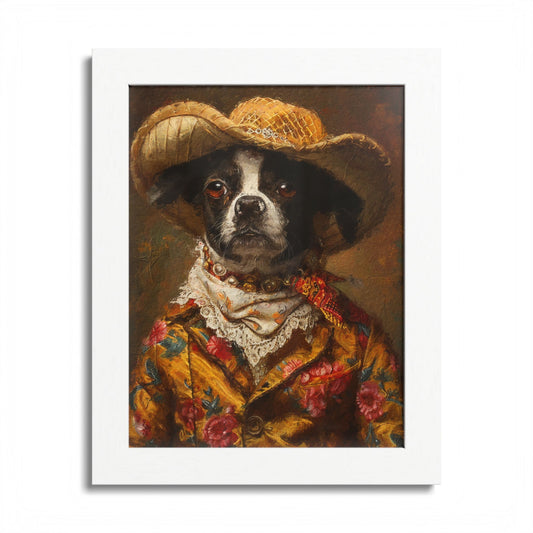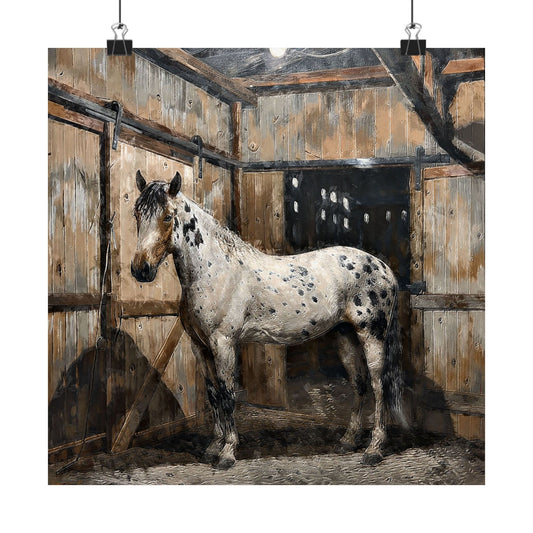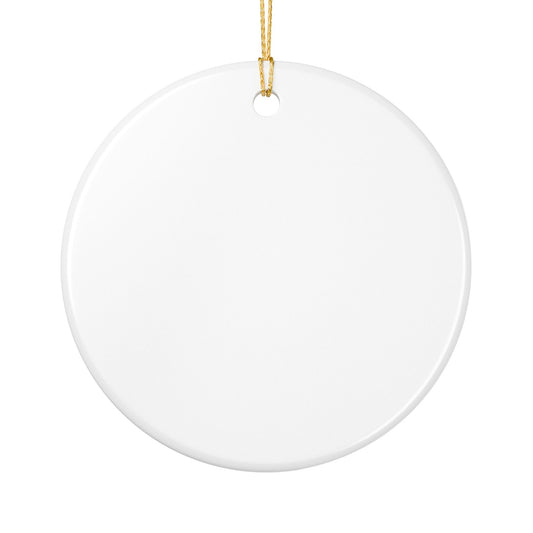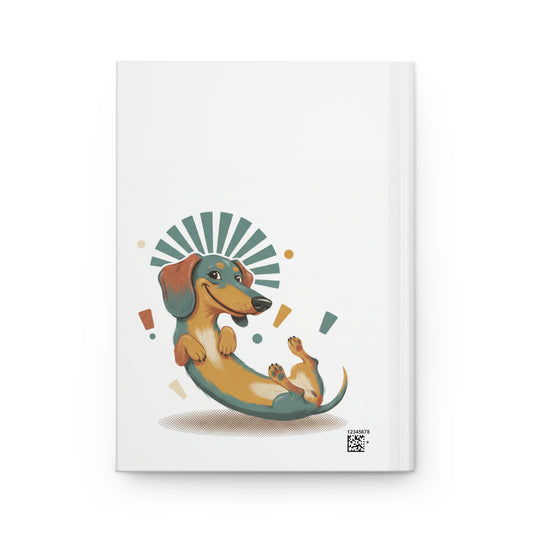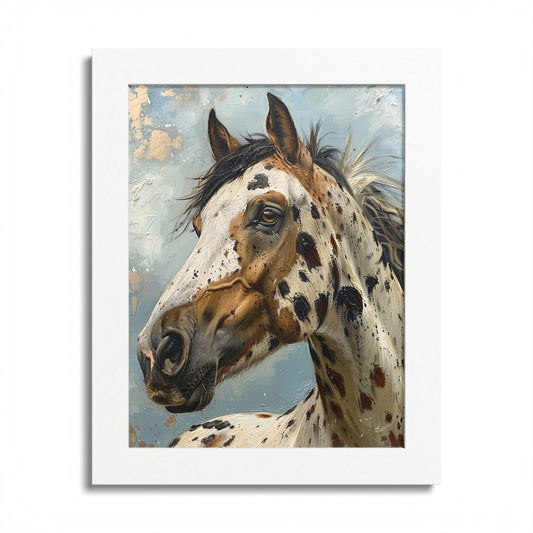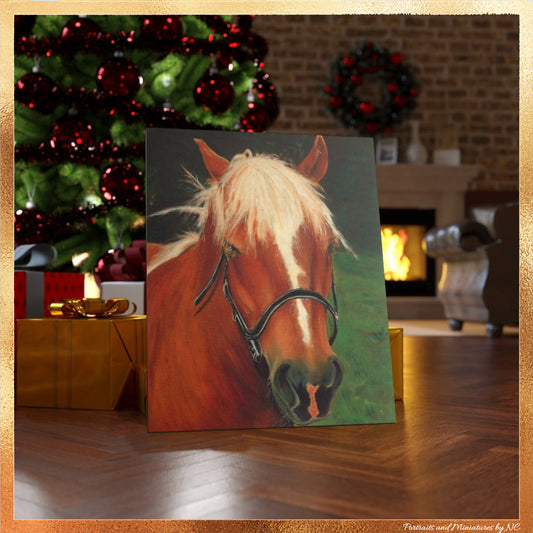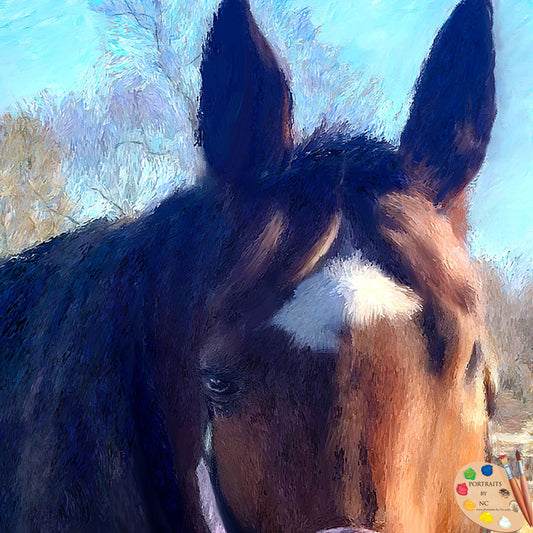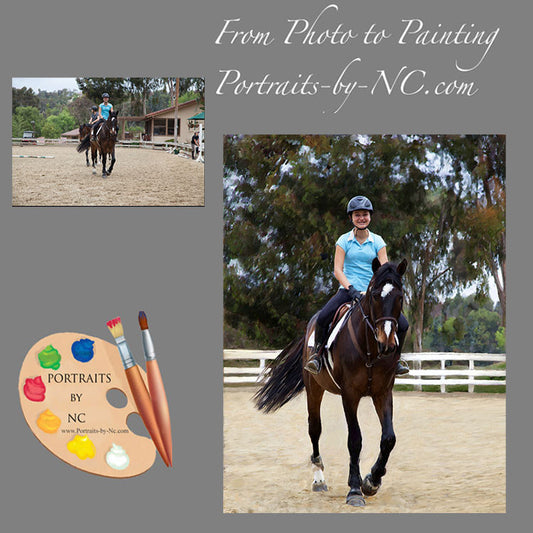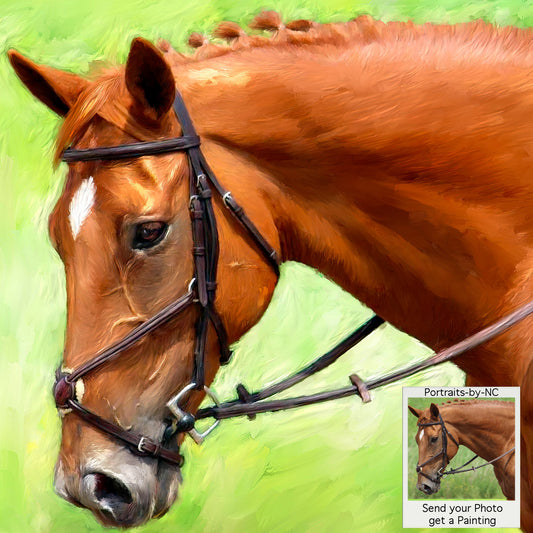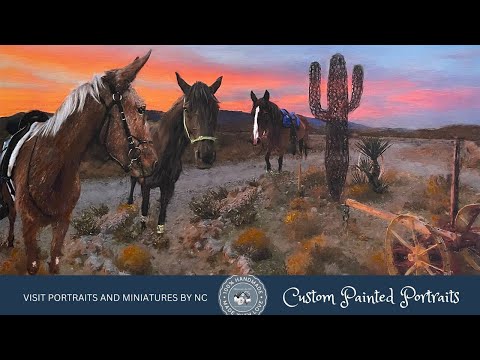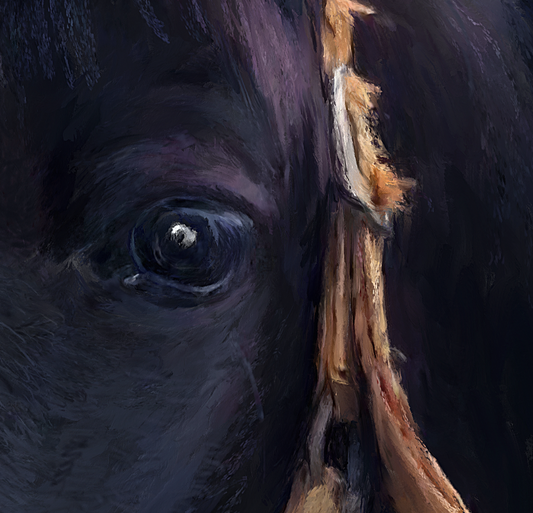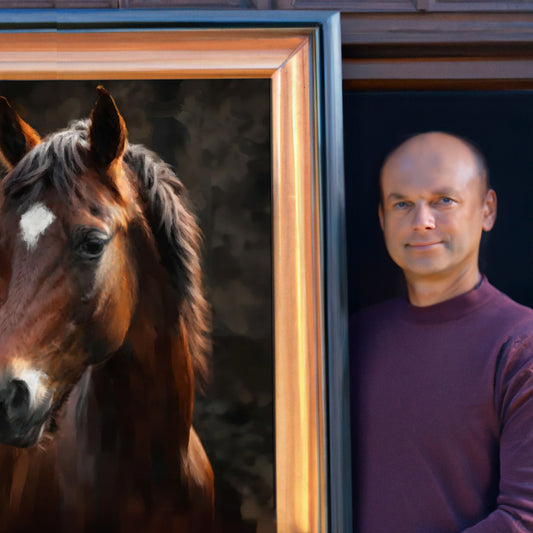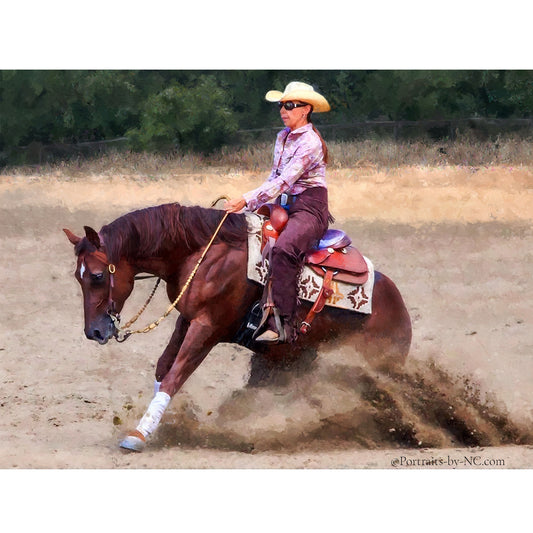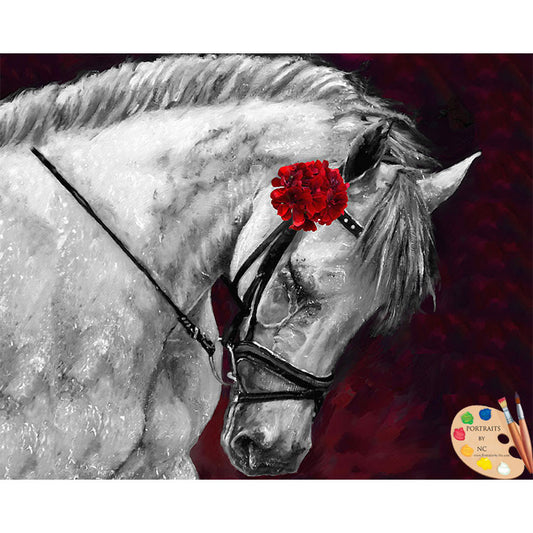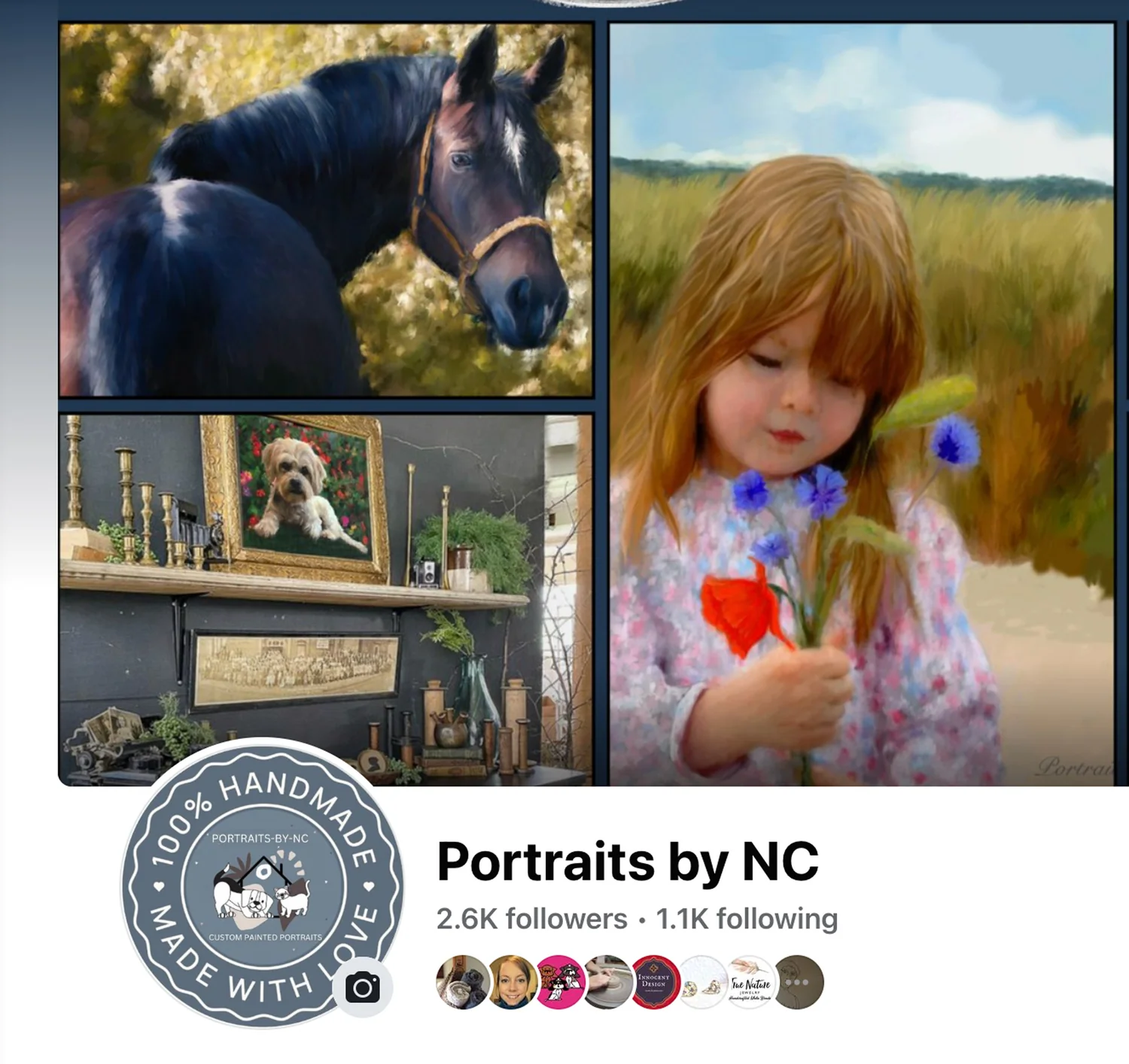Properties of Light
Share

When painting a face think of the topography rather than the individual features. Ask what areas are protruding or receding and select your values and color accordingly. For example:
-deep set eyes - use deeper values
-prominent nose - use a deep shadow value
-focus on light side of face - lower value on lower part of face
Squint and distinguish light from shadow. For the light to look crisp and luminous, the shadow must be vague but still interesting. Use warm, dark colors. Warm tones suggest shadowy depth. Cool tones suggest light.
Reflected light
Reflected light adds that extra 'umph' to a painting. If you look at these grapes for example you will you will notice that near the 'underside' of the grapes they become lighter. This is because light bounces off the table and hits the 'underside' of the grapes. Light can reflect off a person's garment making the underside of the chin appear lighter and often even taking on a colour similar to that of the shirt. The hue of the reflected light depends on hue of the surface from which it is reflecting.

Half Tones
The area where light and shadow meet are the half tones. These are areas too dark to belong to the light and too light to belong to the darks. To avoid half tones that are too dull in color, rather than blending the light and dark area let it dry first. Then once dry introduce a third color that is a value in between the light and dark. This will maintain saturation in your half tones.

St. Matthew by Carlo Dolci
Great books to read:
Everything you ever wanted to know about oil painting by Marian E. Appellof


































